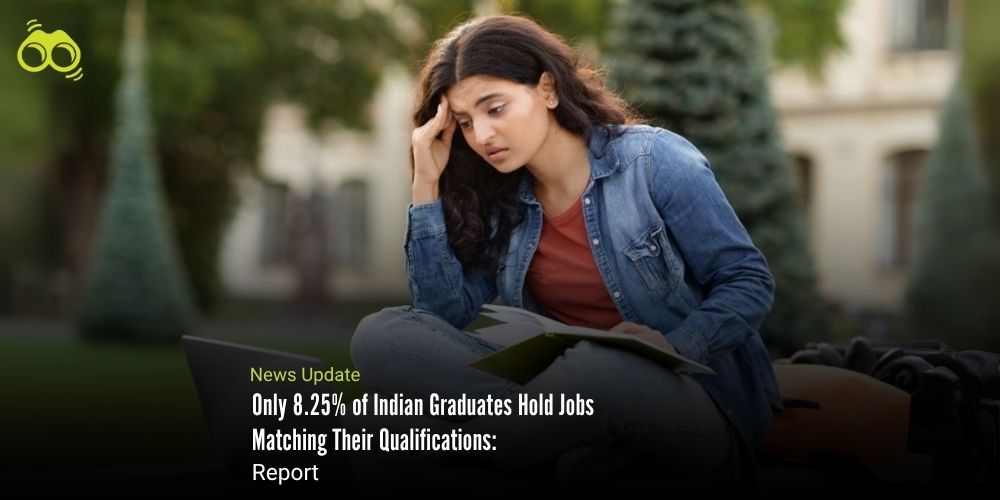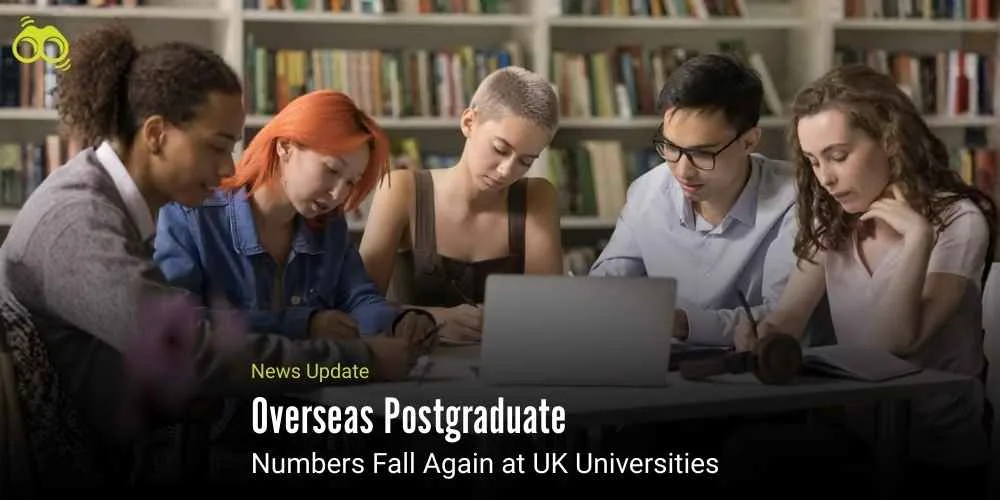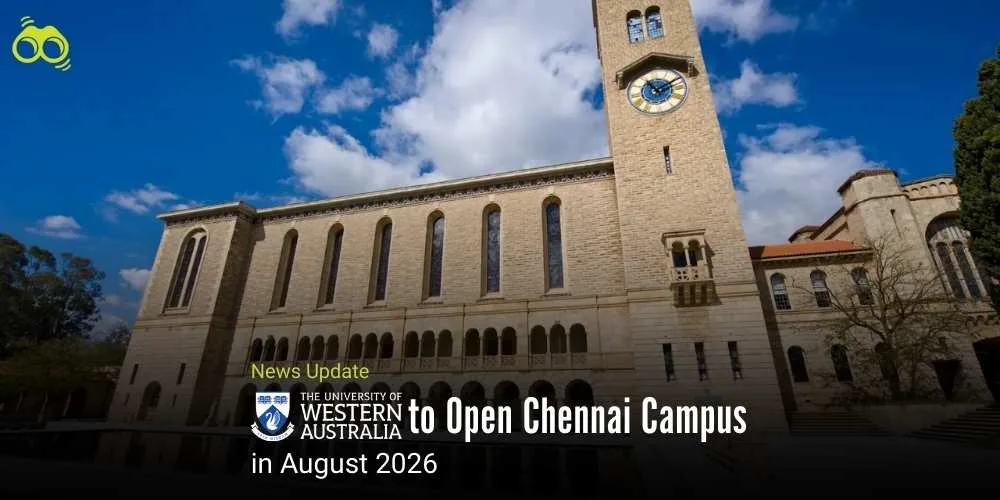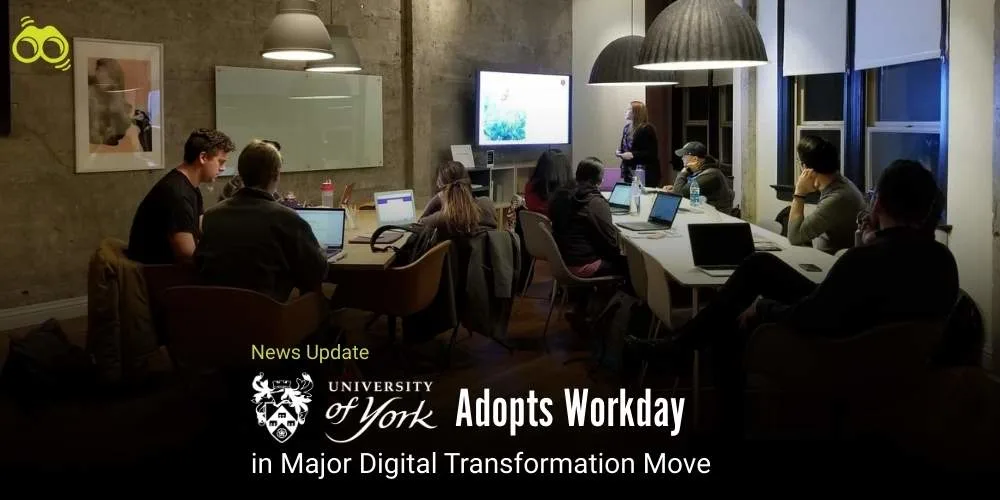Study Warns of Rising Overqualification and Underemployment in India
Over 50% of Indian Graduates in Low-Skilled Roles Amid Skill Crisis
In a country where higher education is widely regarded as a vehicle for upward mobility, a recent report by the Institute for Competitiveness, affiliated with Harvard Business School’s Institute for Strategy and Competitiveness, has exposed a deeply ironic and troubling reality. Despite India producing millions of graduates each year, only 8.25% secure employment that matches their academic qualifications. Even more strikingly, over half are engaged in lower-skilled roles that neither reflect their education nor harness their capabilities.
This disconnect points to a broader structural deficiency. While India maintains one of the world’s largest higher education systems, it struggles to translate academic achievement into sector-aligned employment. Increasing access to university alone is inadequate without meaningful reforms in curriculum design, alignment with industry requirements, and strengthened pathways from education to the world of work. Supporting data from the Periodic Labour Force Survey (PLFS) further illustrates this mismatch: nearly half of India’s graduates are employed in Skill Level 2 roles, such as clerical work, machine operation, and sales, that do not warrant university-level education. According to the National Classification of Occupations (NCO), such jobs are more appropriate for those with lesser formal education, prompting concern from economists and policy-makers alike.
Moreover, the report highlights a worrying trend of overqualification in Skill Level 4 jobs. While 63.26% of individuals in high-skill occupations possess the appropriate credentials, 28.12% are overqualified, and 38.23% of workers holding graduate degrees are employed in positions that do not utilise their full expertise, suggesting a significant misalignment between degree output and labour market demand. A similar situation exists at Skill Level 3, where only 8.25% of qualified individuals are in matching roles, while the majority are confined to lower-paid clerical and retail positions. At Skill Level 2, underqualification is also evident, with 8.56% of workers lacking formal education but still employed, likely relying on informal training or experience.
To address this imbalance, the report stresses the value of Technical and Vocational Education and Training (TVET) in bridging qualification gaps. However, limited infrastructure and access continue to hinder its impact. The challenge is especially pronounced in highly populous states such as Uttar Pradesh, Bihar, Madhya Pradesh, and West Bengal. Without targeted policy interventions, these regions risk widespread underemployment, talent drain, and economic underperformance. In contrast, states such as Goa and Kerala report relatively few workers at Skill Level 1, while Bihar and Meghalaya each have over 60% of their labour force in this lowest education category, underscoring the urgency of targeted interventions.
While India has made commendable progress in primary education through initiatives like the Sarva Shiksha Abhiyan, Midday Meals, and NIPUN Bharat, resulting in nearly 100% gross enrolment at the elementary level, transitions to higher education remain uneven. For example, although states like West Bengal (93.38%), Kerala (89.45%), and Jharkhand (87.88%) boast strong female enrolment, Lakshadweep has experienced a dramatic 90% decline over the past decade, reflecting geographical disparities. Equally concerning, the report reveals that only 2.17% of India’s population holds qualifications at Skill Level 4. Chandigarh leads at 11.21%, followed by Uttarakhand at 4.99%, while Bihar (0.45%), Jharkhand (0.70%), and Odisha (0.87%) remain significantly behind, raising serious questions about equitable access to high-skill employment. Encouragingly, the report notes that advancing individuals from intermediate to advanced skill levels could increase wages by 149%, yielding substantial benefits for both personal income and national economic output.
Nonetheless, bridging this gap demands sustained investment. With an ₹88,000 crore shortfall in higher education funding, India must raise its education expenditure from 3.06% to 4.89% of the total budget to meet the demands of a modern, future-ready workforce. To mitigate the skills-employment mismatch, the report proposes four strategic actions: collecting more granular data on workforce competencies; conducting regular skill gap analyses through Sector Skill Councils and State Skill Missions; updating NCO codes to better reflect emerging roles and technologies; and integrating PLFS data with detailed job classifications to improve skill-job matching.
The report also warns of India’s waning demographic window. Citing 2023 UNFPA data, it observes that the country’s youth population, currently 650 million under the age of 25, will begin to decline, with the elderly set to outnumber children by 2046. This demographic shift could transform today’s opportunity into tomorrow’s burden.
Therefore, to realise a productive and inclusive workforce by 2047, the report calls for urgent steps: aligning educational outcomes with industry needs, revitalising TVET to reduce underqualification, tailoring interventions for high-population states, and developing gender-responsive higher education policies. In conclusion, without immediate structural reforms, nearly nine in ten Indian workers risk being confined to low-skill employment, jeopardising not only their aspirations but also the nation’s economic potential.
Editor’s Note:
The Institute for Competitiveness’ recent report serves as a wake-up call for India’s education and labour policies. That only 8.25% of graduates hold jobs matching their qualifications highlights a system focused more on enrolment than employment outcomes. With over half of graduates in lower-skilled roles, the gap between education and job market demands is clear. A workforce with degrees but limited opportunities results in wasted potential, low productivity, underused investments, and growing frustration among young professionals. If nearly 90% of graduates work below their skill level, it leads to personal dissatisfaction and broader economic inefficiencies. With 650 million youth under 25, India’s demographic advantage is brief. Without swift action, this opportunity could turn into a liability by 2046, when the elderly will outnumber children. Addressing the skills mismatch must become a national priority.
To fix the skills mismatch, the government must reform higher education by aligning curricula with industry needs and practical skills, especially in sectors like digital and green tech. Strengthening and properly funding the TVET sector is key to upskilling underqualified and mid-career workers. Bridging the ₹88,000 crore funding gap and raising education spending to 4.89% of GDP is essential. States like Bihar, Jharkhand, and Uttar Pradesh need targeted interventions, including better infrastructure and digital training hubs. Linking PLFS data with NCO codes will improve workforce planning and enable more effective, data-driven policymaking.
Skoobuzz underlines that India doesn’t face a talent shortage but a talent misalignment. The issue lies not in access to education but in its relevance and connection to jobs. Without urgent reform, the mismatch could erode both economic potential and public confidence in the education system.














0 Comments (Please Login To Continue)